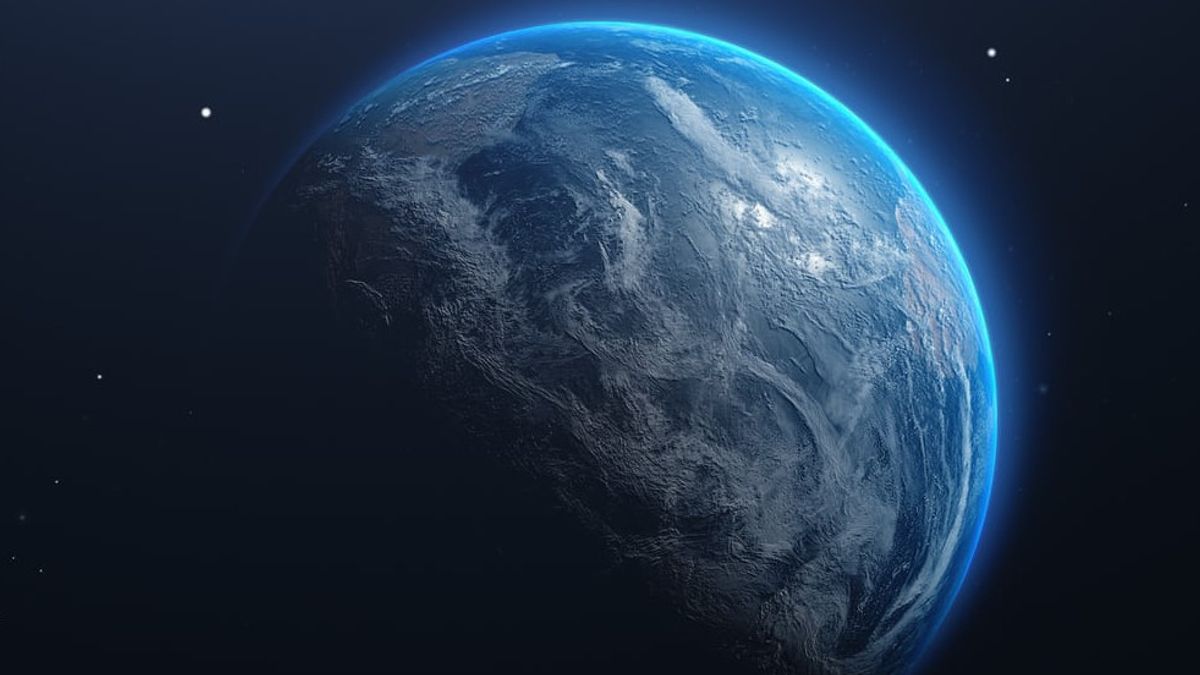JAKARTA - China is now searching for planets with Earth-like conditions to find alternative home planets for humans that could exhibit conditions conducive to life on a mission dubbed Earth 2.0.
The mission aims to search for exoplanets located outside the Solar System. Possibly, there will be a planet in the habitable zone of its star in the Milky Way galaxy that could be suitable for this purpose
The Earth 2.0 mission is an attempt by the Chinese Academy of Sciences to search for a habitable planet for mankind using satellites.
Currently, the satellite is in the final stages of the initial design phase and, if successfully reviewed in June, could be built and launched on Long March rockets by the end of 2026.
Armed with seven telescopes in the Earth 2.0 satellite, this tool will look into the depths of space for four years. Six of the telescopes will later see the constellation Cygnus-Lyra, which has been examined by NASA's Kepler telescope.
“The Kepler Field is a low-hanging fruit, because we have really good data from there. Our satellite can be 10-15 times more powerful than NASA's Kepler telescope in its sky surveying capacity," said astronomer who led the Earth 2.0 mission, Jian Ge told Nature quoted from The Independent, Thursday, April 14.
The embedded telescope will search for distant worlds by detecting changes in the brightness of stars that would indicate a planet has traveled in front of it.
Several telescopes gave this mission a much wider field of view than a single telescope on Kepler, where Earth 2.0 is able to see 1.2 million stars in a 500-square-degree swath of sky at one time, a view five times the width of Kepler and can also see dim star.
The seventh introduction is a gravitational micro lens telescope, which is used to see planets that do not orbit any stars, and Neptune-like objects that are very far from their parent sun. If successful, it will be the first telescope of its kind to operate from space.
As is known, NASA recently announced that the number of exoplanets discovered has exceeded 5,000. The now retired Kepler space telescope discovered more than 2,600 exoplanets between its launch in 2009 and its retirement in 2018.
The Transiting Exoplanet Survey Satellite, or Tess, has discovered more than 2,000 exoplanets since its launch in 2018.
Then future telescopes, such as the Nancy Grace Roman Space Telescope to launch in 2027 and the European Space Agency's (ESA) Atmospheric Remote-sensing Infrared Exoplanet Large-survey (Ariel) to be launched in 2029 will likely find more planets, and maybe alien life.
The English, Chinese, Japanese, Arabic, and French versions are automatically generated by the AI. So there may still be inaccuracies in translating, please always see Indonesian as our main language. (system supported by DigitalSiber.id)













